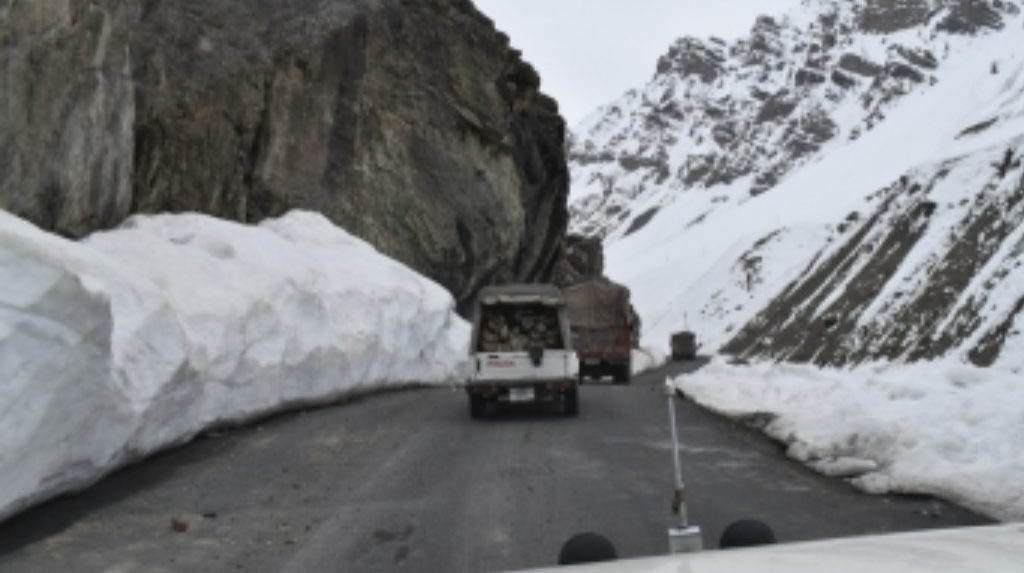New Delhi: China has made slight retreat at Galwan Valley, one of the flashpoint leading to standoff with India, in Ladakh region on Wednesday, sources said. In a bid to resolve the issue, the China’s People’s Liberation Army moved back two kilometres and Indian Army has moved back by one kilometre.
However, at another flashpoint Pangong Tso (lake), troops from both sides are stationed and are camping over there. This would be the main focus of the meeting on June 6 between top military officers of India and China.
The general officer commanding of Leh-based 14 Corps, Lt. Gen. Harinder Singh, is set to represent India at the talks.
Sources said that the Chinese are camping permanently at Finger 4 that has been under Indian control. “This needs to be resolved on urgent note,” said a top Indian Army officer.
Further, Northern Army Commander Lieutenant General YK Joshi has reached Ladakh to review the ground situation and he is going to remain till Thursday.
In addition to it on Tuesday, India and China military representatives carried out talks to resolve the ongoing face off in Eastern Ladakh.
Division Commander Level Meeting was held between the Major General rank officers of the two sides on Tuesday afternoon to resolve the issue but in the end it remained “inconclusive”.
Another round of talks between Indian and ChineseAmilitary leaders will be held on June 6. Indian Army Chief MM Naravane is confident enough that the stand-off would be resolved at military level talks, sources said.
Indian Army and China’s PLA held several meetings to resolve the face off. However, no breakthrough has taken place.
In the meantime, China has sent a large number of troops to the Line of Actual Control as reinforcement. Seeing so, Indian Army has also deployed forces accordingly.
There four places where there is an eye ball to eye ball situation since May 5 at Line of Actual Control. Both sides have deployed over 1,000 troops in eyeball to eyeball situation at all four places.
Indian Army is keeping close watch in the Pangong Tso (lake) sector of Eastern Ladakh and the Galwan Valley region where theAChineseAhave enhanced deployment.
Other than Pangong Tso that is extremely sensitive the other places that are volatile in wake of the recent escalation are Trig Heights, Demchok and Chumar in Ladakh which forms western sector of the India-China frontier.
The trigger for the face-off wasAChina’s stiff opposition to India laying a key road in the Finger area around the Pangong Tso (lake) besides construction of another road connecting the Darbuk-Shayok-Daulat Beg Oldie road in Galwan Valley.
India and China have expressed confidence that the matter would be resolved trough bilateral talks and both the countries are working upon it.
However, sources said, that the current standoff in Ladakh is not the usual patrolling faceoff but part of the new combative strategy that was rolled out by China after Doklam.
In 2017, there was a 73-day stand-off between Indian and China. The standoff was at the India-China-Bhutan tri-junction Doklam. China’s road construction in Bhutanese territory was seen as an attempt to change the status quo by India and finally the road work had to be stoppe




